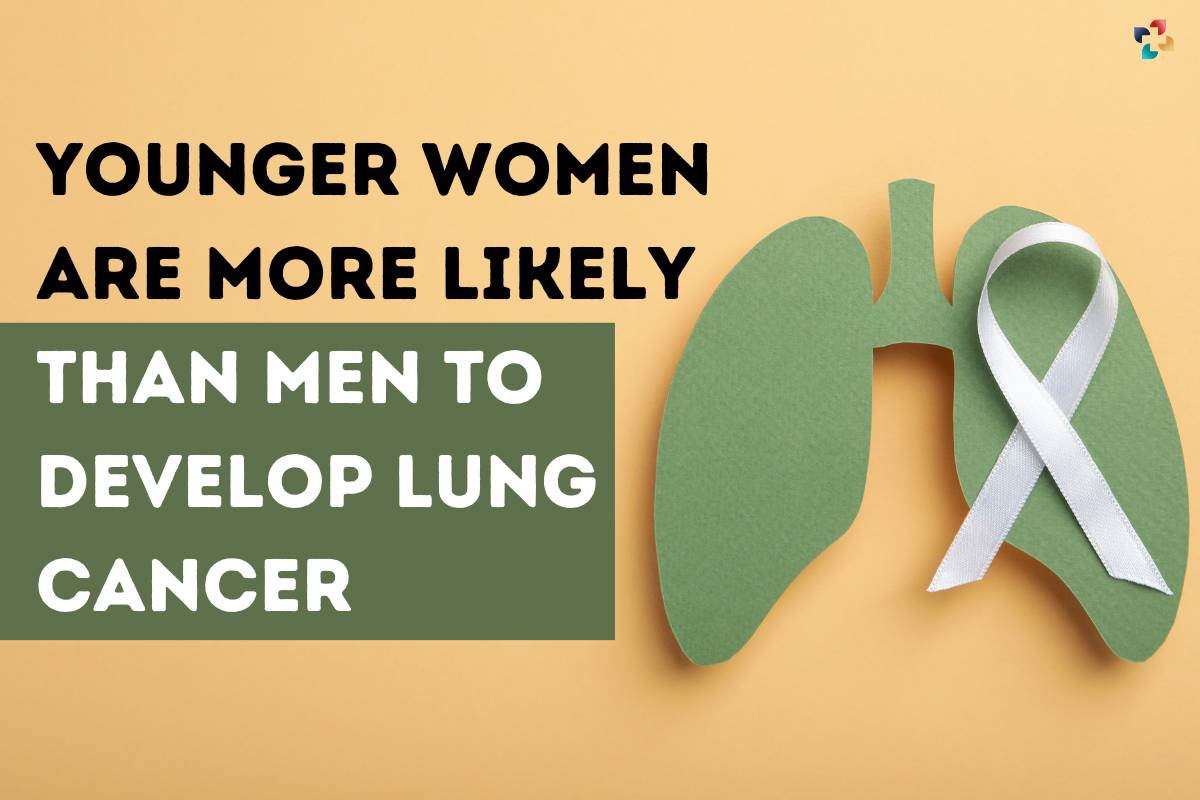In the United States, the number of new instances of lung cancer has decreased during the past few decades. In 1992, there were 65 new instances of lung cancer per 100,000 individuals. By 2019, only about 42 people remained.
Despite all of the advancement, a gap is beginning to appear: According to a study released Thursday by researchers at the American Cancer Society, women between the ages of 35 and 54 are diagnosed with lung cancer at higher rates than men in the same age group. Although the difference between men and women in that age group is small—one or two cases per 100,000—it is substantial enough that researchers want to learn more.
The study adds to a growing body of research that highlights the increased risk of lung cancer in women in particular.
Lung cancer continues to be the most common cancer that results in mortality in the US. According to the Centres for condition Control and Prevention, the condition affects over 197,000 people nationwide each year.
Lung cancer is frequently believed to mainly affect elderly, heavy smokers, according to Dr. Narjust Florez, a thoracic medical oncologist at the Dana-Farber Cancer Institute. But she added that hundreds of women “die of lung cancer in this country every day.”
What do we know about differences in lung cancer?
The best technique to treat patients as well as the reason why lung cancer rates are greater in younger women are both being investigated by researchers. However, there are no conclusive solutions.
Even while lung cancer is still much more common in older patients, some doctors claim they are witnessing an increase in younger individuals who have the condition, even if they do not smoke. This is a mystery that they are trying to solve.
Although there have been numerous efforts to reduce smoking, Ahmedin Jemal, senior vice president of surveillance and health equity science at the American Cancer Society and an author on the new study, noted that women have generally been slower to successfully quit smoking.
But according to him, individuals who have never smoked account for 15 to 20% of lung cancer cases among women. It’s challenging to figure out why these ladies get the illness. They might come in contact with secondhand smoking. According to Dr. Jyoti Patel, medical director of thoracic oncology at the Lurie Cancer Centre at Northwestern Medicine, women may also metabolise carcinogens differently than men.
Exposure to the environment could also be important. According to Dr. Patrick Forde, an associate professor of oncology at the Johns Hopkins Kimmel Cancer Centre, air pollution has been related to lung cancer, and it’s possible that women may be particularly vulnerable to it for reasons that experts are still trying to understand.
The second most common cause of lung cancer, according to the C.D.C., is radon, an unseen, naturally occurring gas that can accumulate in some dwellings. Dr. Florez said that the information on radon exposure in homes is conflicting.
In the end, there is no simple explanation for the differences. According to Dr. Humberto Choi, a pulmonary medicine specialist at the Cleveland Clinic, “the differences are really not obvious.” Future research should undoubtedly be done in this area.
Women and Lung Cancer – Mayo Clinic
What are lung cancer’s early warning signs? Who else needs to be screened?
The U.S. Preventive Services Task Force expanded its guideline for cancer screening in 2021: Every year, CT scans should be performed on those aged 50 to 80 who have smoked at least a pack of cigarettes per day for 20 years or more and who are still smoking or have recently stopped. This screening is entirely covered by Medicare and most insurance policies.
However, only around 50% of individuals who are eligible for screenings actually undergo one, according to Dr. Charu Aggarwal, a lung cancer expert at Penn Medicine’s Abramson Cancer Centre. This can be as a result of access difficulties, the stigma attached to lung cancer, or worry over the results of a test.
Dr. Florez added that gender bias can influence tests as well. According to her, women, especially women of colour, are less likely to be offered lung cancer screenings.
“I have had women come in with chest pain and leave with Xanax,” she said. And when they begin coughing up blood, that’s when someone starts to pay attention to them.
Experts recommended women to get checked if they qualify in light of the discrepancies. Talk to your doctor about determining your cancer risk if you have a close family history of non-smoking-related cancer, advised Dr. Forde.
And everyone needs to be aware of lung cancer symptoms. According to Dr. Forde, lung cancer is frequently not discovered until it has advanced, in part because the symptoms are not properly recognised and in part because screening is not routinely employed. According to Dr. Florez, early symptoms can include a cough that persists for more than six weeks, upper back pain, shortness of breath, and unexplained weight loss. In severe situations, some people may cough up blood, said Dr. Patel. Others may also experience hoarse voices.
The demographics are changing, according to Dr. Patel. “People shouldn’t disregard signs that could indicate lung cancer,”











